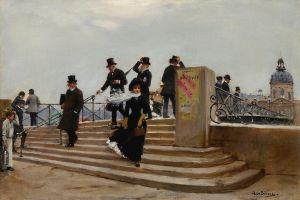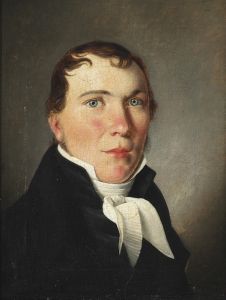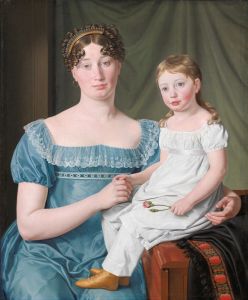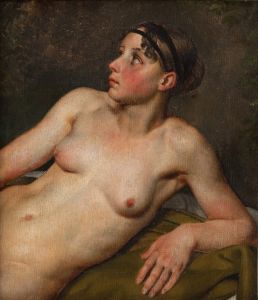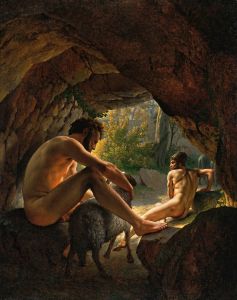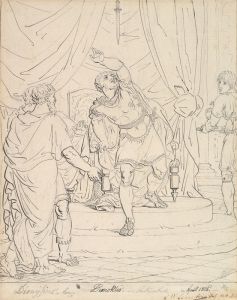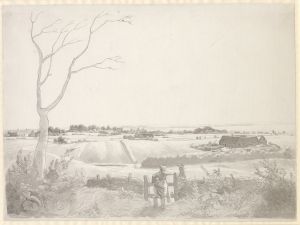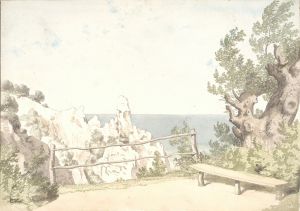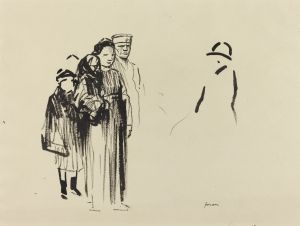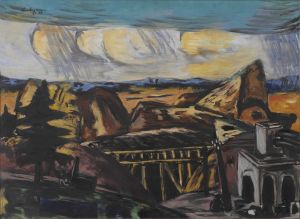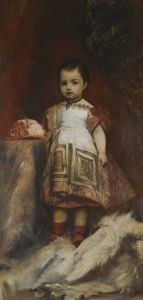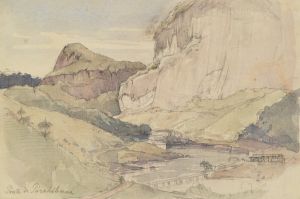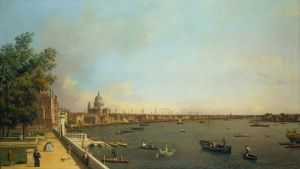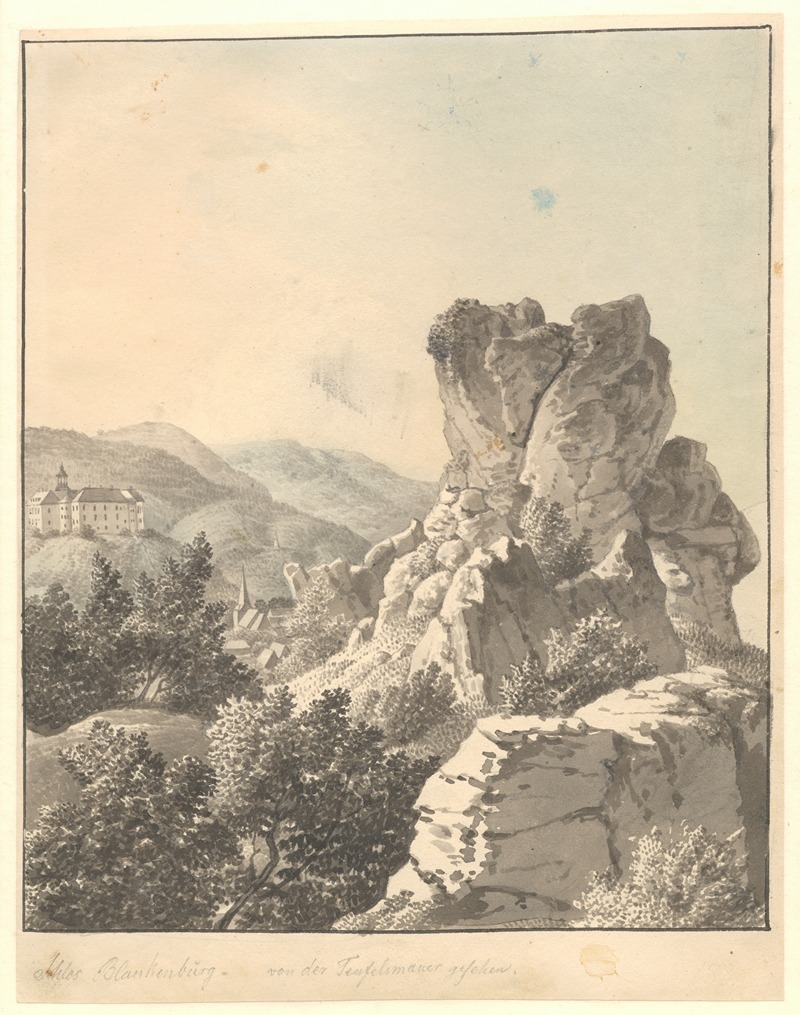
Udsigt ved Harzen, fra Teufelsmauer mod Schloss Blankenburg
A hand-painted replica of Christoffer Wilhelm Eckersberg’s masterpiece Udsigt ved Harzen, fra Teufelsmauer mod Schloss Blankenburg, meticulously crafted by professional artists to capture the true essence of the original. Each piece is created with museum-quality canvas and rare mineral pigments, carefully painted by experienced artists with delicate brushstrokes and rich, layered colors to perfectly recreate the texture of the original artwork. Unlike machine-printed reproductions, this hand-painted version brings the painting to life, infused with the artist’s emotions and skill in every stroke. Whether for personal collection or home decoration, it instantly elevates the artistic atmosphere of any space.
Christoffer Wilhelm Eckersberg, often referred to as the father of Danish painting, created the artwork "Udsigt ved Harzen, fra Teufelsmauer mod Schloss Blankenburg" during his prolific career in the 19th century. Eckersberg was a pivotal figure in the Danish Golden Age of painting, a period marked by a flourishing of the arts in Denmark. His works are celebrated for their meticulous attention to detail, clarity, and the ability to capture the essence of a scene with both realism and an idealized beauty.
The painting "Udsigt ved Harzen, fra Teufelsmauer mod Schloss Blankenburg" translates to "View of the Harz, from the Devil's Wall towards Blankenburg Castle." This title provides insight into the geographical and cultural context of the artwork. The Harz is a mountain range in central Germany, known for its picturesque landscapes and historical significance. The Teufelsmauer, or Devil's Wall, is a striking rock formation within this region, steeped in local legend and folklore. Blankenburg Castle, visible in the distance, is a historic structure that adds a sense of depth and narrative to the painting.
Eckersberg's choice of subject reflects his interest in landscapes and his ability to convey the grandeur and tranquility of nature. The painting likely captures a moment of serene beauty, with the ruggedness of the Teufelsmauer contrasting against the cultivated elegance of Blankenburg Castle. This juxtaposition is a common theme in landscape painting, where the natural world meets human civilization.
Eckersberg's technique is characterized by precise brushwork and a keen eye for light and shadow, which would have been employed to bring out the textures of the rocky formations and the architectural details of the castle. His training at the Royal Danish Academy of Fine Arts and his studies under Jacques-Louis David in Paris equipped him with the skills to depict scenes with both accuracy and artistic flair.
The painting is an example of Eckersberg's contribution to landscape painting, a genre that gained prominence during the 19th century as artists began to explore the natural world with renewed interest. His works often reflect a balance between the Romantic fascination with nature and the Neoclassical emphasis on order and harmony.
While specific details about the creation date or the current location of "Udsigt ved Harzen, fra Teufelsmauer mod Schloss Blankenburg" are not readily available, Eckersberg's body of work remains influential. His paintings are housed in various collections, including the National Gallery of Denmark, where they continue to be studied and admired for their artistic and historical significance.
In summary, "Udsigt ved Harzen, fra Teufelsmauer mod Schloss Blankenburg" exemplifies Christoffer Wilhelm Eckersberg's mastery of landscape painting, capturing the interplay between natural beauty and human architecture. Through his work, Eckersberg has left an enduring legacy that continues to inspire appreciation for the landscapes of Europe and the artistic movements of the 19th century.






